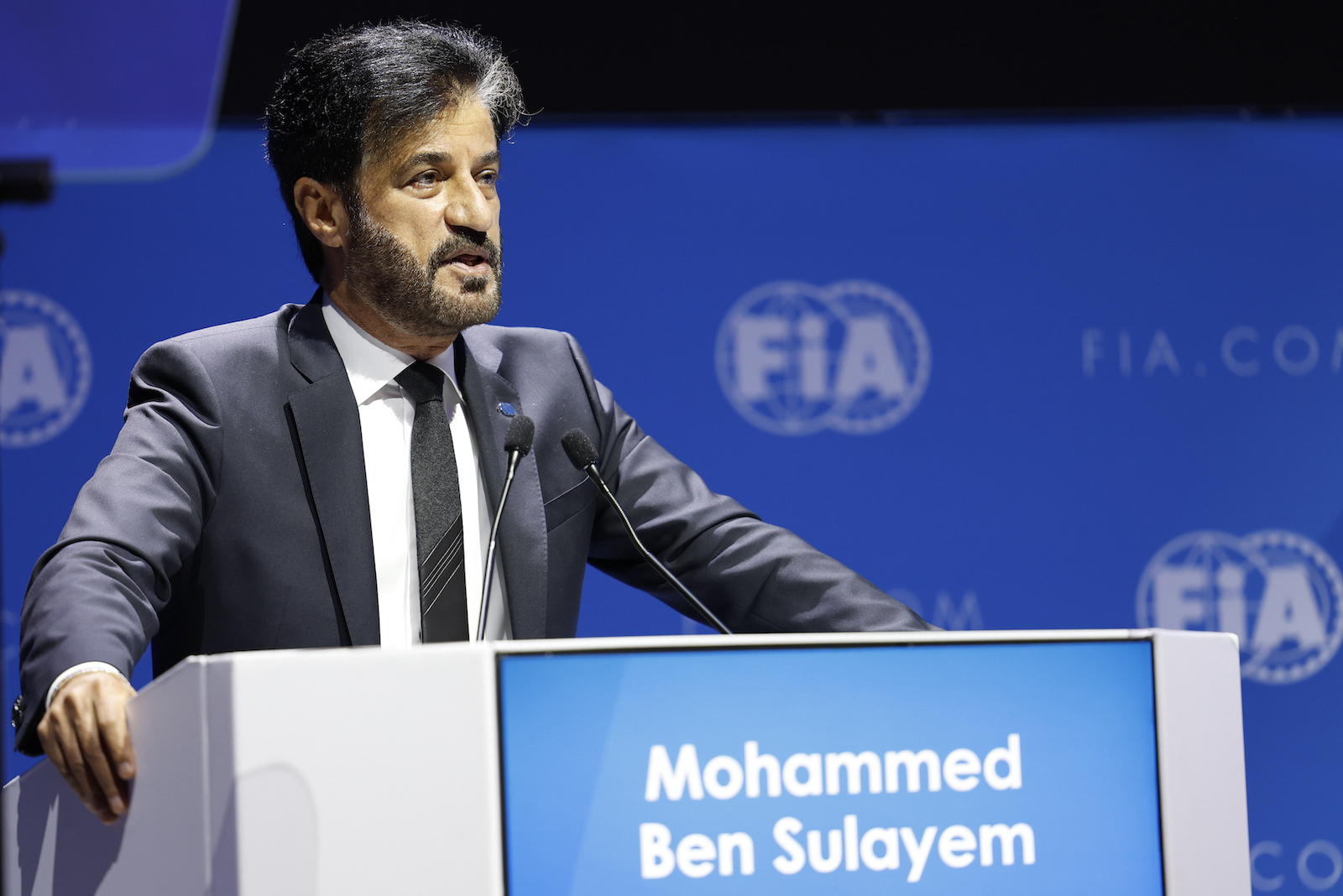
Photo Credit: FIA
FIA President Mohammed Ben Sulayem’s recent advice for Andretti Cadillac to consider purchasing an existing Formula 1 team rather than joining as a new entrant marks a significant shift in his stance. Initially, Ben Sulayem was a strong advocate for expanding the F1 grid beyond the current 10 teams, even opening a tender process that Andretti successfully passed. However, despite the FIA’s technical approval, Andretti’s bid for a 2026 entry was rejected by F1’s commercial rights holders, Liberty Media.
Ben Sulayem had previously expressed his desire to fill all 12 available slots in the F1 grid, particularly with teams from the US and China, to reflect the sport’s global reach and appeal. This vision, however, conflicted with the views of F1 management and Liberty Media, who were skeptical about the competitiveness and value that an expansion team like Andretti could bring to the series.
In a recent turn of events, Ben Sulayem has advised Michael Andretti to acquire an existing team instead of continuing efforts to join as the 11th team. He emphasized the importance of quality over quantity, suggesting that refreshing some of the current teams might be more beneficial than simply increasing the number of teams. Ben Sulayem also acknowledged the potential impact of having a team like General Motors, with its power unit, join F1, especially considering the significant American fan base and the presence of three races in the US.
The change in Ben Sulayem’s approach could be seen as an attempt to align with FOM and Liberty Media, especially in light of their previously strained relationship and the upcoming negotiations for a new Concorde Agreement, which will define the commercial operations of the series post-2026. He expressed the need for peace and clarity between the FIA and FOM to move forward constructively.
While F1 has left the possibility open for Andretti to reapply for entry in 2028, Andretti remains determined to join the grid by 2026, having established a base in the UK and enlisted the expertise of former F1 technical director Pat Symonds. This ongoing saga highlights the complex interplay between the sporting and commercial aspects of Formula 1, as well as the challenges faced by new entrants in a highly competitive and established field.
















